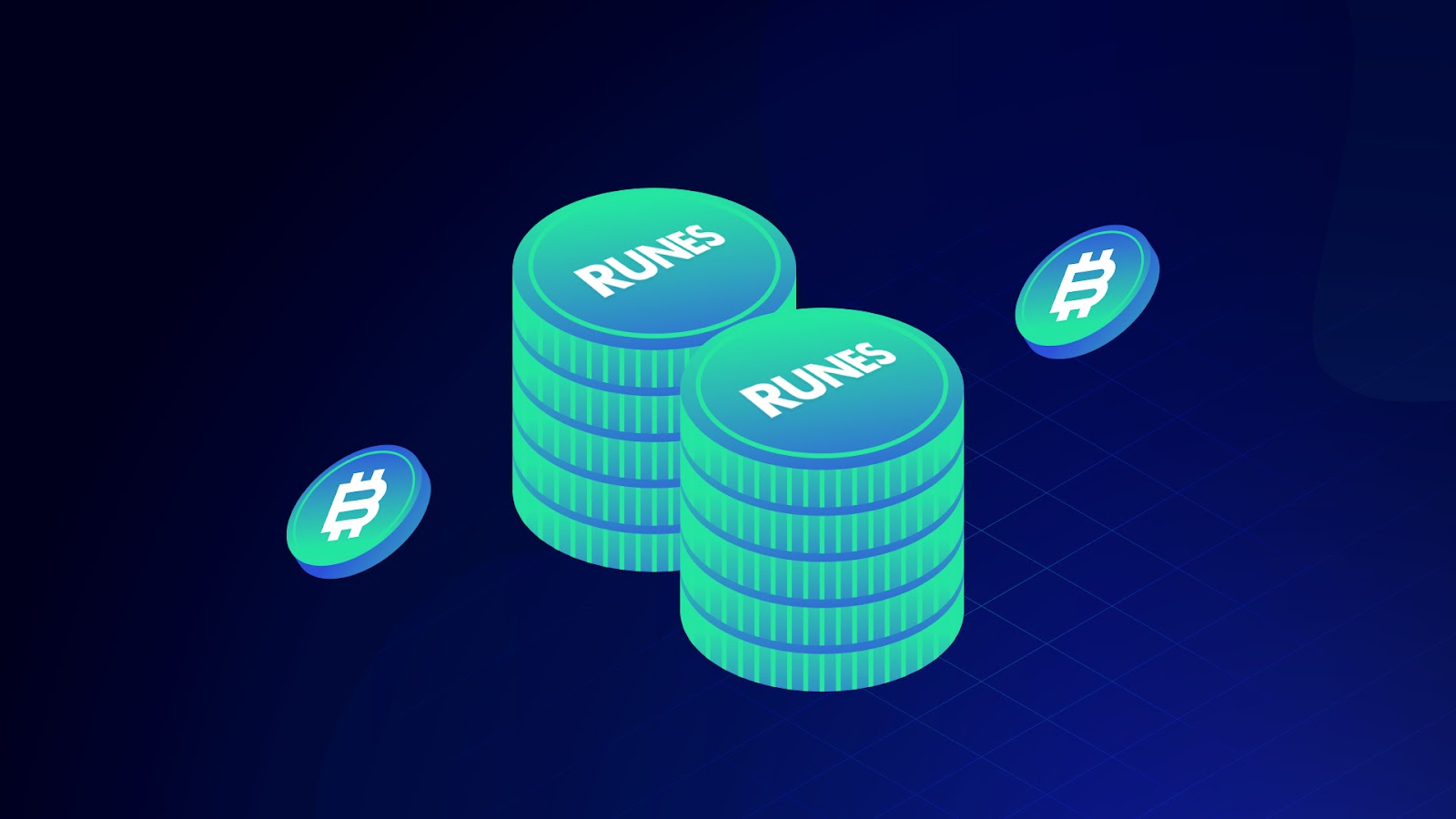
Following the recent halving event on April 20, the Bitcoin blockchain has witnessed the emergence of the Runes token standard, which has quickly accounted for a majority of the network’s transactions. This new development marks a significant shift in how the Bitcoin blockchain is utilized, moving beyond its traditional transactional uses.
Overview of Runes’ Impact
Since its inception, Runes has dramatically reshaped transaction patterns on the Bitcoin network. According to data from Dune Analytics, Runes transactions have constituted 68% of all Bitcoin transactions since April 20, totaling over 2.38 million transactions. This surge highlights the growing interest in tokenization on Bitcoin, particularly following significant blockchain events like the halving.
Runes’ highest transaction volume occurred on April 23, with more than 750,000 transactions recorded. Although the volume dropped to 312,000 the following day, the overall trend indicates substantial activity. Runes transactions have also significantly contributed to miner fees, peaking at nearly 70% on the day of the halving. This contribution suggests that despite fluctuations, Runes could potentially offer a new revenue stream for miners, although opinions on its long-term viability remain divided.
Protocol Efficiency and Market Reaction
Developed by Casey Rodarmor, also the creator of the Ordinals protocol, Runes is touted as a more efficient method for creating tokens on the Bitcoin network compared to the BRC-20 standard. This efficiency could pave the way for increased innovation and use cases on the blockchain.
Despite the apparent success of Runes, not all feedback has been positive. Some critics, including Nikita Zhavoronkov of Blockchair, argue that the dominance of Runes transactions detracts from Bitcoin’s original purpose as a peer-to-peer electronic cash system envisioned by its creator, Satoshi Nakamoto. This critique points to a growing debate within the community about the balance between innovation and the foundational principles of Bitcoin.
Future Prospects
As the Bitcoin network continues to evolve, the integration of new protocols like Runes may further transform how digital assets are managed and traded. While this shift presents opportunities for growth and diversification, it also raises questions about the network’s capacity and the scalability of such innovations. The community’s response to these developments will likely shape the trajectory of Bitcoin and its underlying technology in the years to come.
The introduction of the Runes token standard represents a pivotal moment for the Bitcoin blockchain, indicating a shift towards more complex and diverse applications. While the surge in Runes transactions showcases the community’s enthusiasm for new technologies, it also underscores the ongoing tensions between innovation and tradition within the crypto space.
Featured image credit: Xverse
